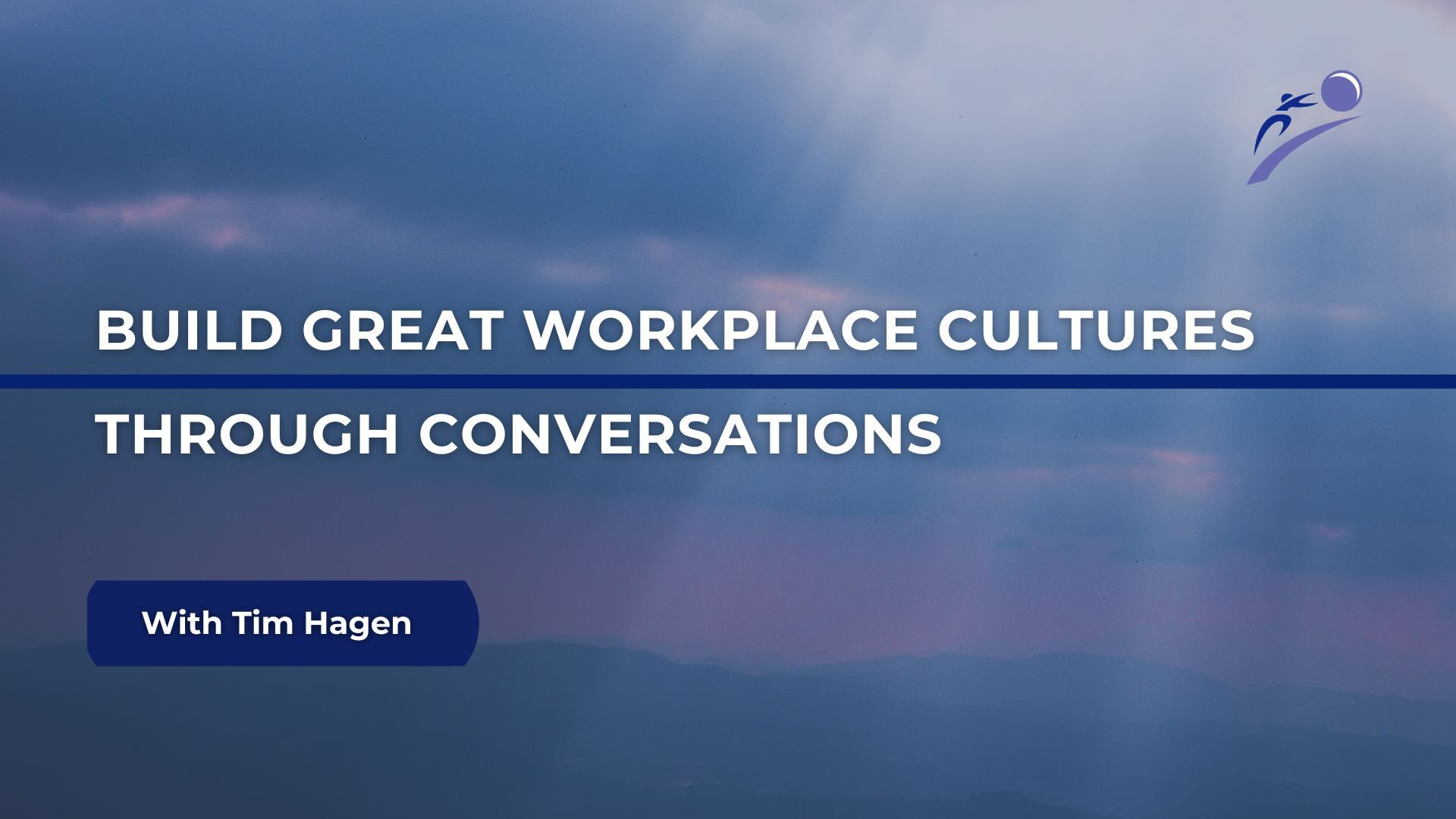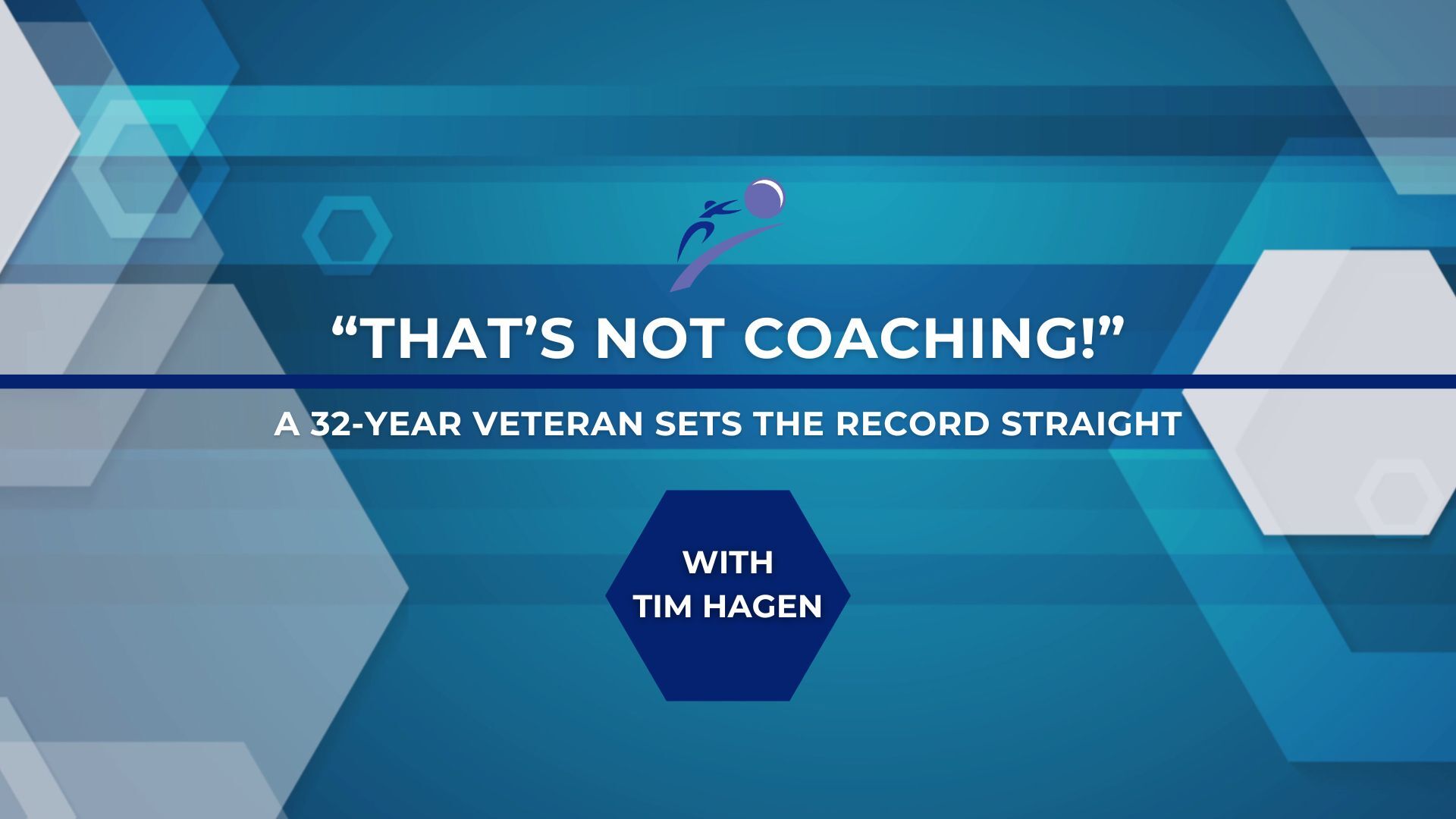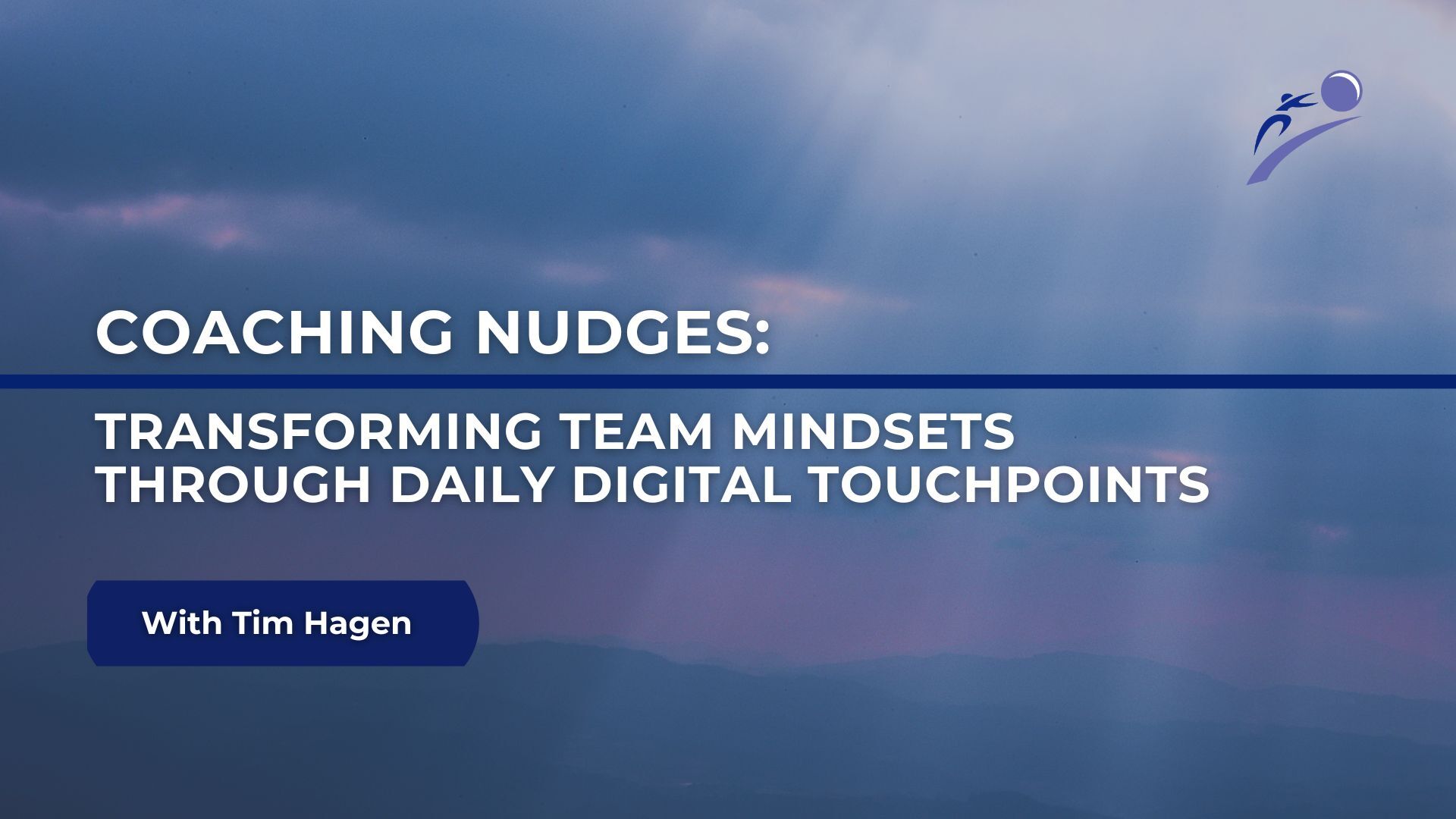Build Great Workplace Cultures Through Conversation
When organizations need to improve their workplace cultures, we often talk about our employee cultures or our workplace cultures from a distance. We talk about engagement in these nebulous, ambiguous terms.
Cultures are built from the conversations within them. When I think about cultures, I think about the way we speak to each other. Recently, I was at a great agricultural company for 4-5 days and it really went well. We ran a session focused on getting people to talk and share social things like favorite vacation spots, favorite sports, favorite things to do when they're away from work. What happens so often is we all think we know each other, but when we get together for these kinds of session, we realize we don't know each other as well as we thought. I asked everyone to share things like:
-
How many of you met somebody that you didn't know very well? All the hands went up.
-
How many of you talked to somebody you knew in some of the sessions that you learned something different? Almost every hand in the room went up.
When you have context, you create commonality. When there's commonality, you create collaboration. When there's collaboration, there's less conflict.
Be relentlessly helpful, be relentlessly positive and help people feel good about getting better. When I think about cultures, there's a couple main components that create great workplace cultures.
#1: Executive presence. Not just stopping in and waving while they walk by, but actually participating. I had four executives in one of my sessions. I could hear the employees talking. That does not happen at other companies.
#2: Have executives kick off your sessions. As an outsider, I constantly hear, "This is Tim's program, I'm not leading it." I recently just had an executive and the CEO of the company reply to that with, "This is not Tim's program; this is our program." At the end I asked people how many of them found that fun. Every hand in the room went up.
We went through about three or four sessions of just asking and then demonstrating active listening, not interrupting. You know what the funny thing is? It was 16 minutes of total conversation. People walked out laughing and smiling and just got people together. There is a power of conversation.
#3: Develop leaders to be well-trained in fluent coaching conversations. One of the things I heard was how do you have a conversation with somebody who says I just want to do my job and go home? I've heard it plenty. So we practiced that conversation. Several leaders said "This is great Because I get stumped with that." Leaders need to be able to coach and converse.
#4: (The most important one) Employees need to understand their role of approachability and coachability. In one session, I said don't go outside of alignment. If you have a problem with your boss, go to your boss. Don't tell three other people. By the way, ask for help, ask for feedback, ask for assistance and when you get feedback, whether agreement or disagreement, just say thank you.
We teach a whole thing called EAT feedback. When we EAT feedback, we embrace, ask and tell. When we get feedback we don't like, most of us either discount it and don't really embrace it or we'll ask somebody to give us an example. Though we don't really want an example. We want an example so we can explain things away.
Here's the challenge: What if employees became more approachable and coachable and gave leaders latitude for mistakes? What if they arbitrarily went to their leader weekly and said, "What am I doing well and where can I improve?" And then just wrote it down and said thank you? These are the simple building blocks.
#5: Use a certified trainer who constantly educates people on how to coach.
This is the shameless plug. I truly hope you reach out to us to at least see what your needs are. We've just expanded our certifications program and can help with this last step. You need a certified coaching expert, a coach to coach, who can sit with leaders when somebody says, "I've got somebody who wants to get promoted." Or a very common issue such as, "I have another employee with a negative attitude." Or someone who lacks time management, or another interesting one, "I have an employee who's always late for work, and by the way, he's the CEO's nephew. How do I have those conversations?"
Not only do we provide these services, we offer certifications and help you invest in your leaders to become your internal subject matter experts by certifying them as group coaches. They can facilitate those coaching conversations and train other leaders internally. When the outsider comes in, like me, hopefully, it provides value (I know it does), but it dissipates. It's not embedded in the culture. To fully embed coaching into your culture, you need to own it, facilitate it and grow it within your own leadership team. Build your culture through conversations.
Reach out to Tim Hagen at Progress Coaching and see how we can help your team and organization build a great coaching culture.
Programs available, most customizable to your needs:
-
Progress Coaching 360™
-
Cadence Coaching
-
Approachability & Coachability Series
-
CoachApply™
-
Progress Coaching Partners Coaching Certifications
-
and more





